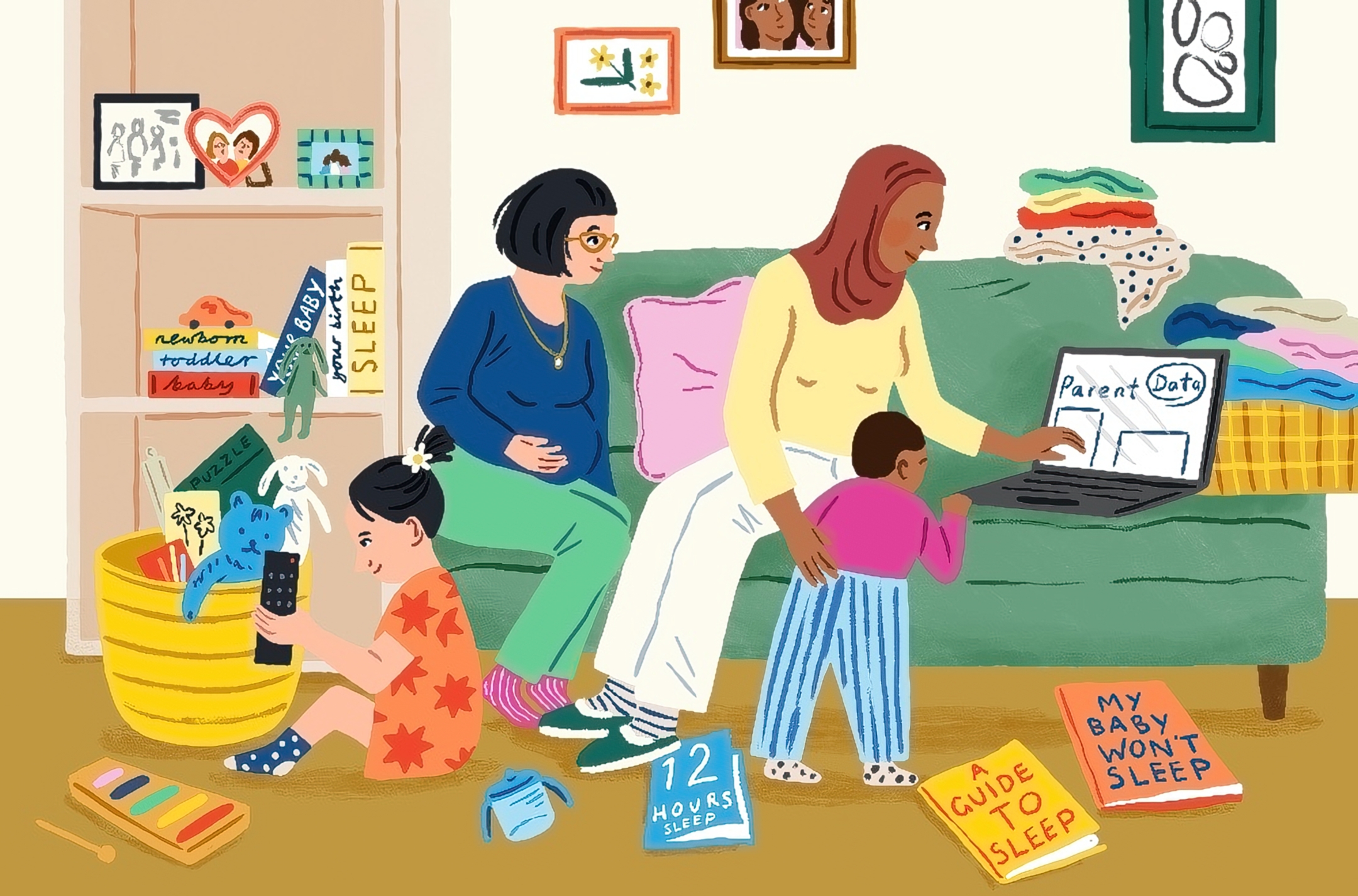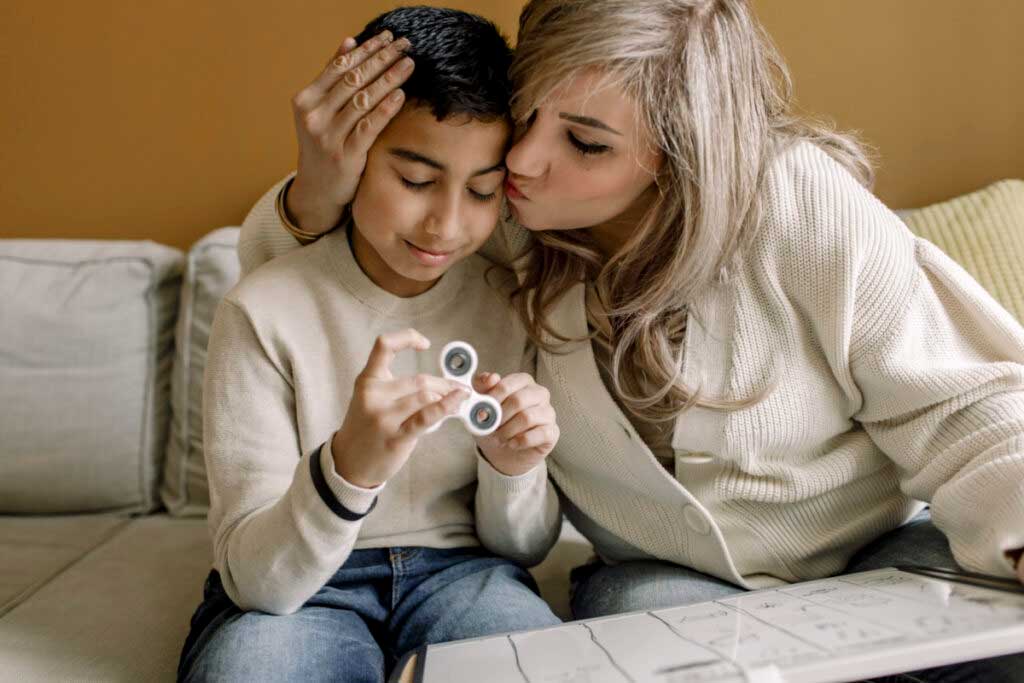Our generally very sweet natured and not very tantrum prone 18-months old daughter almost casually bites us to put emphasis on her wishes. We also had to sign the “biting book” at nursery twice already (the shame!). I am a bit lost about how to deal with this. She seems too young to understand the point of time-outs or withdrawal of privileges . One is not supposed to make a fuss and give attention for bad behavior, but surely we can’t just ignore it either. If “it’s just a phase”, it is a long one. She now speaks putting two words together, so it is not that she cannot express what she wants and I really wonder why this is her method of choice to get our attention (she gets a lot of that anyway). Would love to hear your insight.
I am going to try to help, but I cannot get the idea of the biting book out of my head. I’m imagining the cover as something like this. I feel for you. Let’s try to work through it.

Step 1, Frame the Question: It may seem odd to start here because, obviously, the question is “How do I deal with this?” but I do think it’s useful to try to be clear on the options.
The options here seem to me to be on a continuum. (A) Basically do nothing, hope it passes; (B) adopt some in-home discipline system to try to curb the behavior; (C) escalate to some more extreme evaluation or family therapy.
By outlining it this way we can discipline a little bit the information we need to make a decision. In particular: to differentiate between (C) and the other two, you probably want to understand how typical this is. And to evaluate whether you want to do (B) relative to (A), you probably want to understand what the “best practice” intervention would be, and whether it would work.
Step 2, Evidence: The easiest question to answer is whether this behavior is typical. In a sense, we know it must be because there is a biting book, but it may be useful to see some numbers.
This paper, from 1991, reports on biting in child care centers. They point to two other studies of the frequency of biting. In one sample of 224 children, 104 of them were bitten a total of 347 times in a year. In a second sample, 66 of 133 children were bitten a total of 224 times over a 3 year period. Toddlers (as in your child) are the biggest biting risk. Biting in child care is more common in September (when care starts) and can sometimes be addressed by changing up the structure of the room.
Suffice to say, this behavior is common and unless I’m missing something from this letter, your child’s behavior is fairly normal. It doesn’t mean you do not want to address it!
Given the frequency of biting as an aggressive impulse, one might think we have a good solution. However, there is no magic bullet. Toddler aggression — biting, hitting, and more — is a normal developmental stage. Toddlers do this out of anger and frustration — yes, being able to talk helps, but you cannot express all your feelings in two word phrases and she probably can’t either.
The lack of a magic bullet doesn’t mean there is nothing. One solution is try to limit situations which seem to prompt biting, or to redirect your daughter when she seems to be getting frustrated. This may work some of the time, although it will not eliminate all incidents — as the article above states: “Children who bite strike with lightning speed.”
But if biting does happen, the key is to note this is a behavior, like other behaviors, and there is a body of work on how to address child behavior issues. There is a lot of back and forth on issues of consequences (time outs, etc, which your child is not likely to be old enough for anyway). But there is broad agreement on the idea of consistency. If you are going to adopt some response, it should be the same one every time. For a small kid, that response should involve some version of taking them out of the situation, telling them in simple words not to do this behavior, and not giving them attention in response.
For example: immediate removal from situation; looking them in the eye and saying “No Biting. We do not bite”; short period of less attention. Maybe you want a modification of this; I found this document broadly helpful for framing some options. But whatever version you decide on, you should do it every time. And your partner should do it every time and, ideally, so should the other caregivers. Kids act out for attention, out of frustration, but also to test what happens. If a new thing happens every time, it is kind of interesting. Don’t make it interesting!
This is the best “evidence-based” approach (and, yes, there is evidence on behavior programs like these). If you are going to do something concrete, a version of this is the right approach. In contrast, there are some things you should not do. The main one is do not meet aggression with aggression. No physical punishment, no biting back, no spanking. This isn’t the way to better behavior.
Decision & Follow-Up: The decision here is really whether you want to adopt some kind of consistent reaction system in response to the biting or not. If you do, you should come up with your exact plan, and probably also share it with your nursery.
Follow-up is also important here. If you change what you’re doing, you probably want to pay attention to whether it is working. Not, like, the next day, but over a couple of weeks you’d hope to see some positive changes. So make a plan to do a little tracking, and a plan for revisiting in a short while. If you do not change what you’re doing, it likely makes sense to plan a time to revisit that choice. Kids needs change as they age and even if you want to let it ride for now, you might feel differently in 3 months.

















